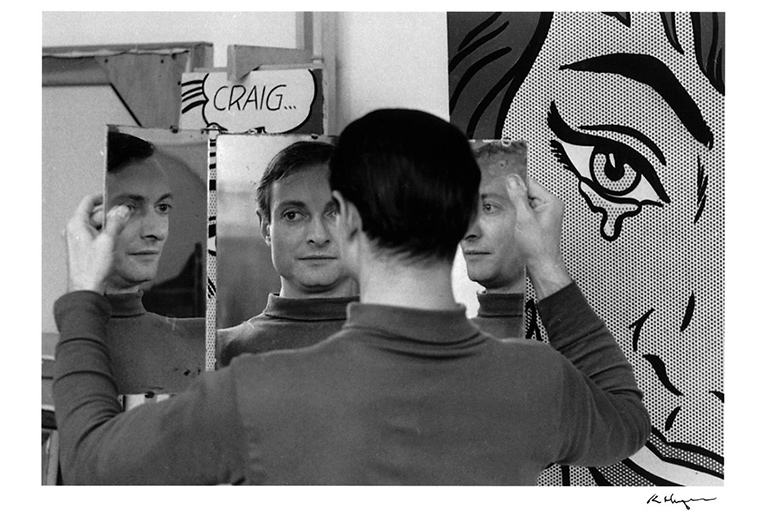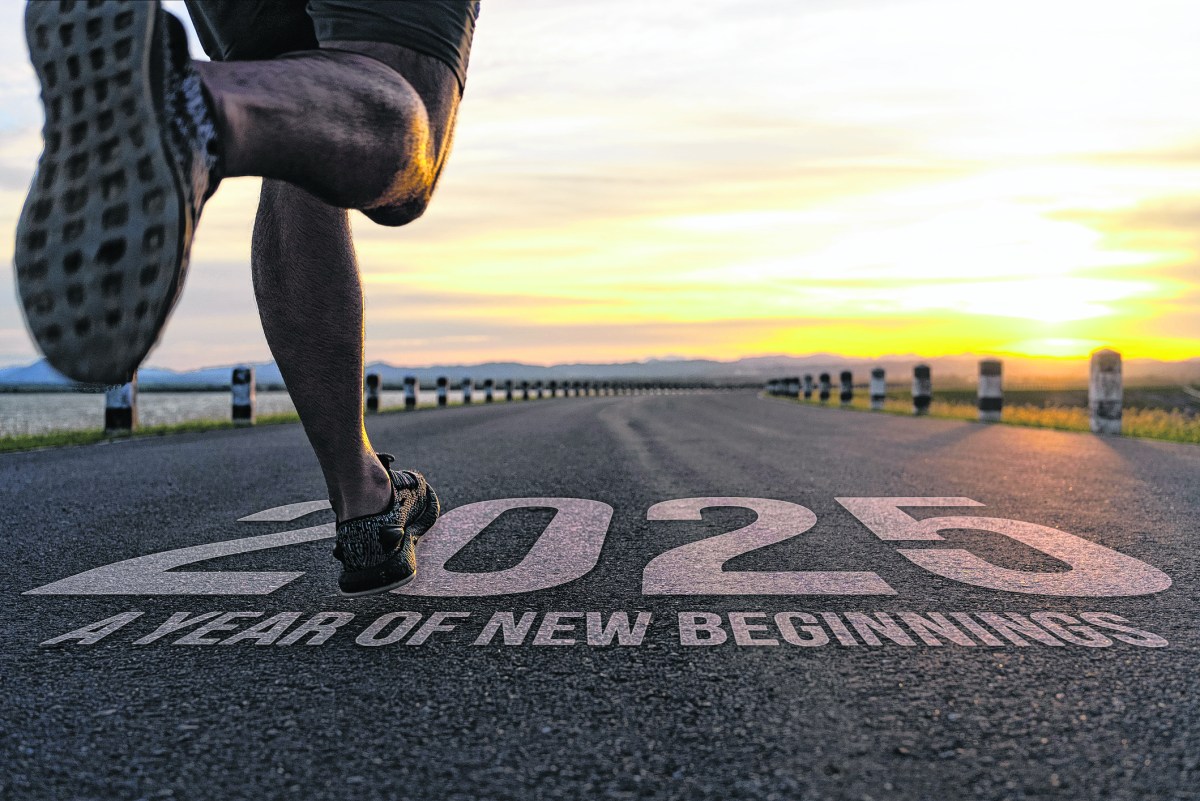Roy Lichtenstein Foundation Finds New Way Forward with Collaborations

The Roy Lichtenstein Foundation recently announced the launch of two comprehensive, long-term collaborations aimed at greatly facilitating public access to the art and history of Roy Lichtenstein as well as the art of his time.
First, the Whitney Museum of American Art in New York establishes The Roy Lichtenstein Study Collection, which will include more than 400 examples of Lichtenstein’s work from all periods of his career. The collection will comprise paintings, sculptures, prints, drawings, collages, maquettes, models, study photographs and drawings plus studio materials selected to represent Lichtenstein’s artistic practice and process.
The Lichtenstein Studio, a short walk from the Whitney, will host a series of public and specialized programs, initiated by the Whitney’s conservation, education and curatorial departments, planned to begin in fall 2018.

According to Adam Weinberg, Alice Pratt Brown Director of the Whitney Museum of American Art, the collection “was selected by a team of curators, conservators, archivists and educators, led by David Breslin, DeMartini Family Curator and Director of the Collection, who were charged to think holistically about how this collection would better—and further—our understanding of Roy Lichtenstein, the art of his time, and the history of postwar American art.”
As part of the second collaboration, the comprehensive Lichtenstein Foundation archives, which incorporate the artist’s studio working records, will be digitized in partnership with the Smithsonian Institution Archives of American Art in Washington, DC, and then gifted to the Archives in stages. Among the materials being digitized and gifted, which in total comprise more than 500 linear feet, are oral histories and artist interviews, art object files, the audiovisual collection, personal and professional correspondence, exhibition files and thousands of documentary photographs of the artist, his art and exhibition installations.
Access to this material will be free and open to all on the Archives’ website and, according to Kate Haw, director of the Archives of American Art, “will create greater opportunities for a wide community of researchers to bring new perspectives to the study and appreciation of the artist, his oeuvre and his time.”

What does all this mean for the Foundation? Dorothy Lichtenstein, President of the Foundation, remarks: “We have always intended that the Foundation, now almost 20-years-old, would not operate in perpetuity and are delighted we can create a new way forward with our first set of chosen successor institutions, well before we ‘sunset.’”
Lichtenstein also notes, “It is our long-range hope that Roy’s Washington Street studio would go to the Whitney as a venue for its extensive artistic and scholarly programming. We will be delighted if this proves to be a useful model for other artists and artists’ foundations, estates or trusts.”
Learn more at lichtensteinfoundation.org.



